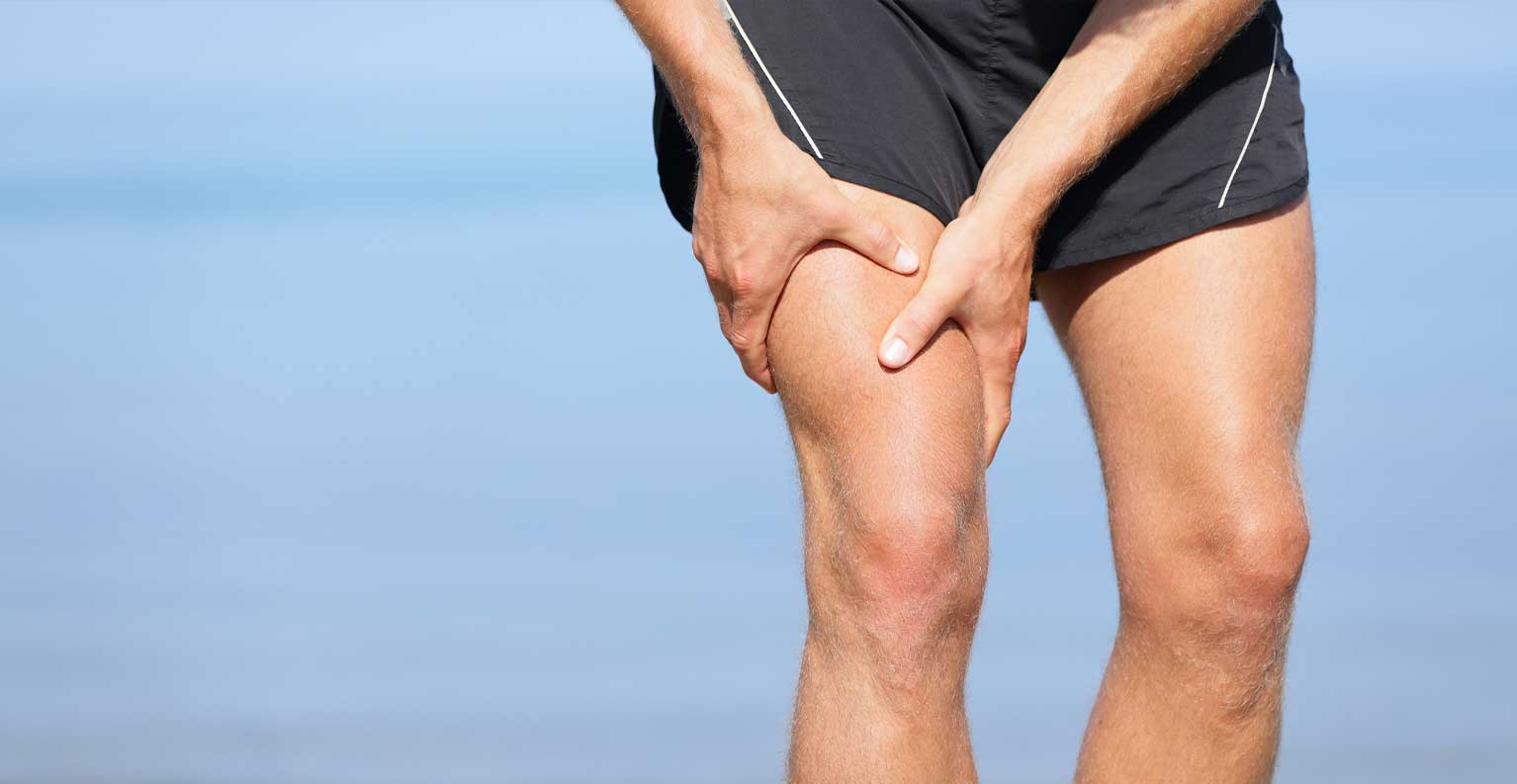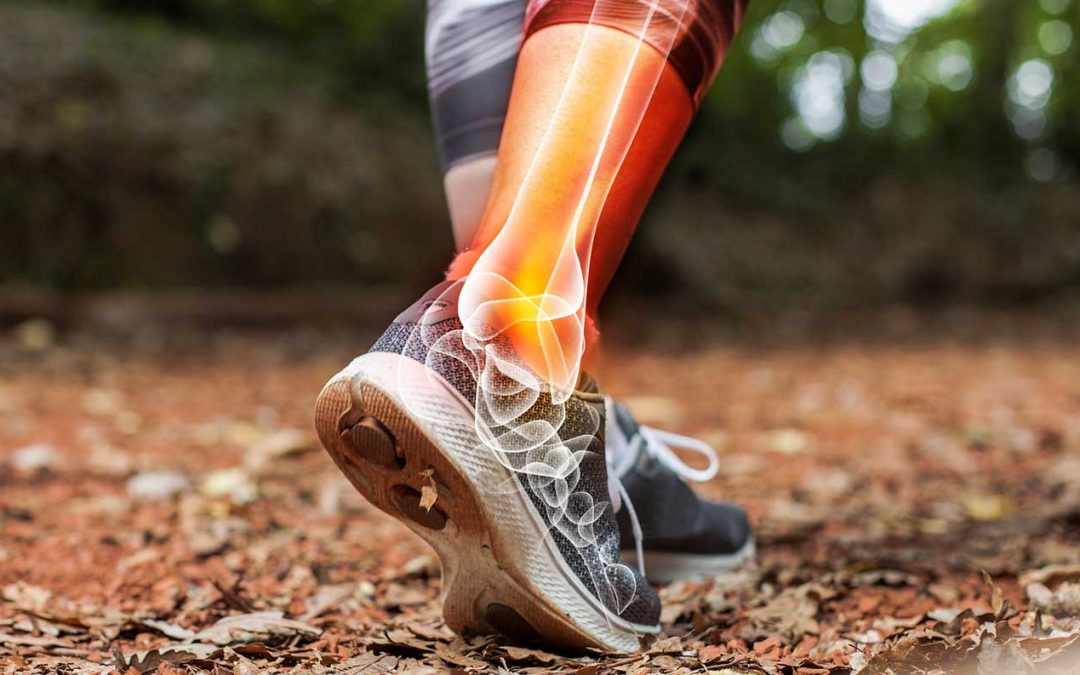Fall is a beautiful time of year presenting numerous social opportunities, including Halloween and Thanksgiving, as well as an abundance of sporting activities to help one to stay fit and have fun.
Whether you participate in sports competitively or casually this fall, risk of injury can never be eliminated. However, within this article, we outline some of the most common fall sporting injuries, and we explain how best to avoid succumbing to sports injuries.
Types of Fall Sports Injuries
Different sports present different injury risks depending on the nature of the movements involved. The frequency and intensity of person-to-person or person-to-surface contact in the sport also have a significant bearing on the likelihood and nature of the injury. For instance, the repetitive motion of a long-distance runner can result in injuries somewhat different, but no less problematic, than those suffered by the fall football player.
Generally, the most common injuries incurred by sportsmen and women in the fall months can be categorized as follows:
- Strains: This involves overexerting or damaging ligaments.
- Sprains: These occur when tendons are damaged.
- Muscular injuries: Injuries in this category include those that cause muscles to swell.
- Ruptures: When tendons break. Achilles Tendon ruptures can occur as a result of participating in fall sports.
- Knee Injuries: Trauma or swelling to the knee joint.
- Fractures: These injuries involved broken or cracked bones.
- Dislocations: When bones are forced from their socket.
- Concussions: Head injuries resulting from a blow to the head which causes disorientation, blurred visions and nausea amongst other symptoms.

Tips for Avoiding Fall Sports Injuries
While the risk of injury can never be eliminated from sporting activities, there are several precautionary measures that all participants can undertake to reduce the risk of strains, sprains and injuries to muscles and knee joints.
-
Warm Up Adequately
A thorough warm-up before engaging in sports is one of the most effective ways to reduce the chance of injury. Warming-up through gentle cardiovascular exercise and stretching routines enables muscles to increase their temperature, receive increased blood-flow and thus better prepare them for the movements they are about to undertake.
To warm up safely, one should ease into movement. In other words, rather than sprinting immediately, one should jog gently to prepare the body for running at greater speeds and for extended periods. Speed can be gradually increased once the body warms up, and the heart is beating faster.
Furthermore, stretching should incorporate isometric (static) stretches and dynamic stretches. Performing different types of stretching exercises before playing your favorite fall sport helps muscles to gradually warm-up and adapt to the exertions of the sport. Cold muscles that haven’t been stretched stand the greatest chance of incurring exercise-induced trauma.
A thorough stretching routine is crucial to avoid fall sports injuries.
-
Use the Correct Equipment
Participants in sports must use the correct equipment for their safety and the safety of their fellow participants. For example, soccer players should wear shin guards and appropriate soccer boots suited to the type of surface on which the game is being played. Similarly, runners should wear running shoes, and football players should not play without adequate head protection and padding.
Always remember to check with your sports’ association about the best types of injury preventing clothing and equipment to use.
-
Take Sufficient Rest
Sometimes, injuries occur as a result of overuse. Thus, sports players must rest sufficiently after participating in a game. Adequate rest includes quality sleep, nutrition and understanding your body’s capabilities. Continually pushing your body past its capabilities over-and-over again will increase the likelihood of injuries unless you rest well in between activities.
-
Use the Correct Techniques
Perfecting your technique in your chosen sport won’t only help you to outperform opponents – it will also enable you to avoid injuries and ensure your longevity in the sport. For instance, football players who tackle by keeping their head up and avoid leading with the helmet significantly reduce the risk of various injuries.
-
Hydration
Just as pre- and post-exercise nutrition matters for recovery and performance, hydration is also a critical factor in injury prevention. Water-intake has significant impacts on your musculoskeletal system, and insufficient water-intake can result in cramps, increased joint friction and wear and tear to the cartilage. What’s more is that dehydration can cause loss of coordination, reduced strength and impaired judgement – a recipe for sporting disaster!
Always drink plenty of fluids before, during and after participating in fall sports to avoid injuries brought about due to dehydration.

Summary
Sports injuries can be a major setback for people. While many sporting injuries are only inconvenient with short-term effects, some sporting injuries can severely hamper one’s efforts to progress in the sport and maintain an exercise routine. In the worst-case scenarios, sporting injuries can be life-changing.
Nevertheless, the benefits of playing sports far outweigh the risks, and thus it is important that you ensure your longevity in the sport you love by preparing to avoid injuries and enabling your recovery from exertion. Preparation includes obtaining and wearing the right equipment for the sport, honing your technique, and warming up properly before games. Drinking plenty of water, consuming nutritious meals and allowing yourself to rest after exertion will aid your recovery from participating in sports matches and thus prevent injury.
If you experience the misfortune of Sport Injuries in a sports match or event, contact us for advice, guidance and a range of therapies to aid your recovery.




















